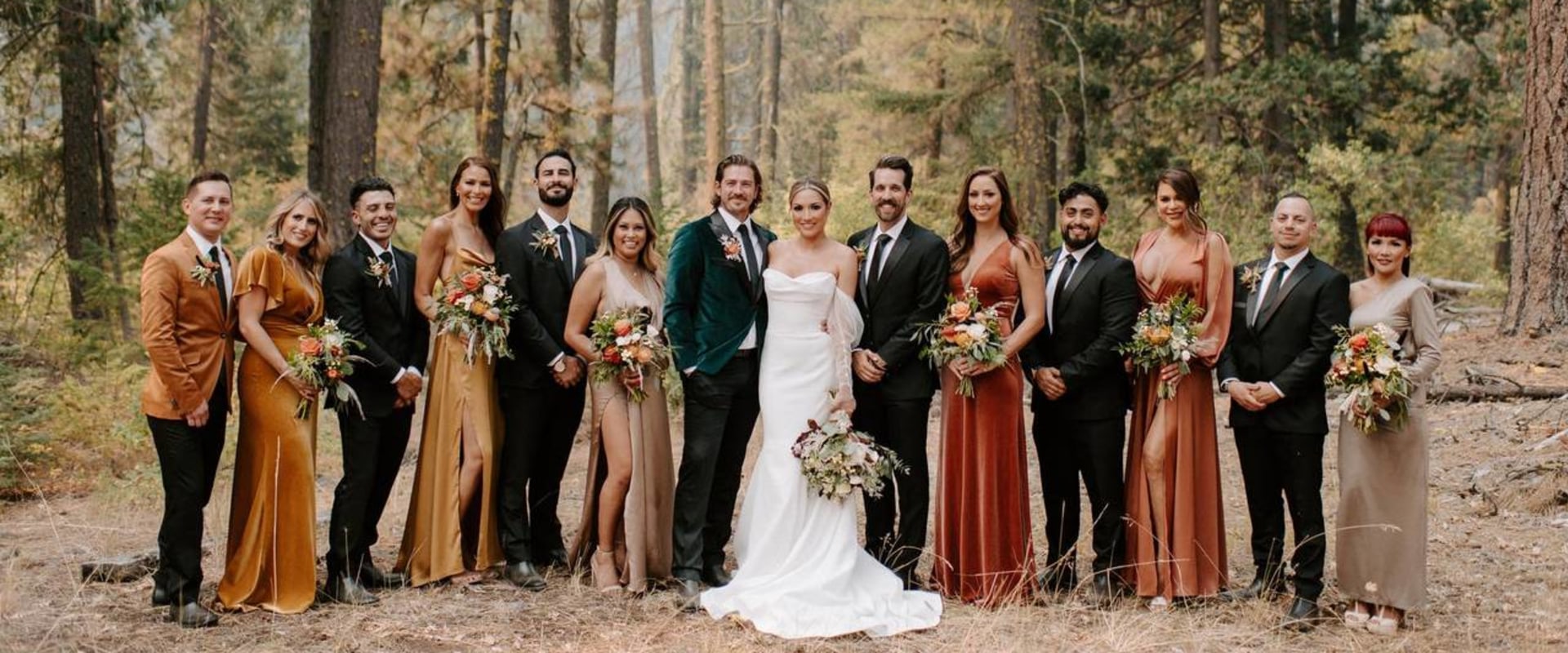Are you getting ready to take photos for a special event, or just want to capture some beautiful memories? Whether you're a professional photographer or an amateur, creating a shot list and timeline for your photoshoot is essential. It will help ensure that you get the best shots possible, while also keeping you organized and on track. There are many different ways to go about creating a shot list and timeline, and it can seem overwhelming at first. But if you plan ahead and use the right tools, you can easily create a perfect shot list and timeline for your photoshoot. In this article, we will discuss the importance of creating a shot list and timeline for your photoshoot, as well as provide tips for making sure you get the most out of your shoot. Creating a shot list and timeline for your photoshoot is essential to making sure you get the most out of your time and resources. This guide will provide an overview of the process, from preparing your shot list to executing the timeline on the day of the shoot. The first step in creating a shot list and timeline for a photoshoot is to identify what type of shots you want to capture.
Consider what kind of images are necessary to tell the story you are trying to convey. If you are shooting a portrait session, for example, you may want to include close-up headshots, full-length portraits, and environmental shots. Once you have identified the types of shots you want to capture, it is time to start creating your shot list. Your shot list should include detailed descriptions of each shot, including the angle, composition, lighting, props, and any other information that will help make it easier to execute each shot on the day of the shoot. It is also helpful to include notes about any special instructions for each shot, such as whether you want the subject to be looking at the camera or away from it.
Once your shot list is complete, it is time to create your timeline. Your timeline should include a breakdown of how much time will be allocated for each shot. It should also include any setup time needed for each shot, as well as any breaks that will be taken during the shoot. When creating your timeline, it is important to allow enough time for unexpected challenges that may arise during the shoot. It is also important to make sure that all necessary shots are captured within the allotted time. Once your timeline is complete, it is helpful to break it down into manageable chunks in order to make sure that all shots are completed within the allotted time.
For example, if you are shooting a portrait session, consider breaking down the session into three sections: headshots, full-length portraits, and environmental shots. Each section can then be further broken down into smaller chunks to ensure that all shots are captured within the allotted time. Examples of shot lists and timelines can be found online as well as in photography magazines and books. These can be used as guides when creating your own shot list and timeline. Additionally, there are many online resources that can help with creating a shot list and timeline for a photoshoot. When creating a shot list and timeline for a photoshoot, it is important to make sure that all necessary shots are captured during the shoot.
Make sure to allow enough time for unexpected challenges that may arise during the shoot. Additionally, break down your timeline into manageable chunks in order to make sure that all shots are completed within the allotted time.
Preparing Your Shot List
Creating a shot list and timeline for your photoshoot is an essential step to ensure you get the most out of your time and resources. Preparing your shot list is crucial in helping you determine which shots are necessary, what props and backgrounds should be used, and how to prioritize shots on the day of the photoshoot. To start, it’s important to have a clear vision of what you want to achieve with your photoshoot. This could mean creating a mood board of images that inspire you or designing a storyboard that outlines what you want your final images to look like.Once you have a clear idea of the type of shots you want to take, it’s time to start preparing your shot list. When creating your shot list, it’s important to identify the key elements for each shot. This includes deciding on how many people will be in each shot, what props or backgrounds should be used, and how to prioritize the shots. For each shot, it’s also important to decide on the angles you want to use, as well as the lighting and composition. Additionally, you should also take into consideration any special effects or edits that will be necessary. In order to make sure you don’t miss any shots, it’s helpful to create a template that can be used as a checklist.
You can find sample templates online, or create one yourself using a spreadsheet program. The template should include all the information about each shot, such as the people involved, props used, angles used, etc. Once the template is complete, you can use it to make sure you don’t miss any shots on the day of the shoot. Creating a shot list and timeline for your photoshoot is an essential step in ensuring you get the most out of your time and resources. By taking the time to prepare a detailed shot list and timeline beforehand, you can ensure that you capture all the images you need on the day of the shoot.
Creating Your Timeline
Creating a timeline for your photoshoot is essential to making sure everything runs smoothly and that you get the most out of your time and resources.It can also help you to adjust to any unexpected delays or changes that may occur. Here are some tips on creating an effective timeline for your photoshoot.
Set realistic expectations:
When creating your timeline, it’s important to set realistic expectations for yourself and your team. Consider how long each shot might take, and any breaks or delays that may occur. Build in extra time for each shot in case you need to adjust lighting, or if something else comes up.Create a flexible timeline:
It’s also important to create a flexible timeline that can be adjusted if needed.This could include leaving some extra time at the end of the day for any additional shots, or building in extra time for the setup of each shot. This will help ensure that the shoot remains on track even if there are any unexpected delays.
Use examples as guides:
When creating your timeline, it’s helpful to use examples as guides. Consider looking at timelines from other photoshoots or from online resources to get an idea of what a good timeline looks like. This will help you to create a timeline that allows enough time for each shot while also taking into account any breaks or delays.Adjust the timeline as needed:
Finally, it’s important to be prepared to adjust the timeline as needed.If something is taking longer than expected, or if something unexpected comes up, it’s important to be able to adjust the timeline accordingly. This will help ensure that you are able to get the most out of your time and resources.
Executing Your Timeline on the Day of the Shoot
Executing your timeline on the day of the photoshoot is essential to ensure that you get the most out of your time and resources. Before the photoshoot, it is important to break down the timeline into manageable chunks and assign tasks to each team member. On the day of the shoot, it is important to stay organized and create an efficient workflow. One way to stay organized on the day of the shoot is to make sure that all necessary shots are completed within the allotted time.This can be done by assigning different tasks to members of the team and delegating responsibilities. Additionally, it is important to ensure that everyone is aware of their tasks and timeline. It is also important to have a designated person to keep track of the timeline and make sure that everything runs smoothly. Another way to ensure efficiency is to break down the timeline into manageable chunks. This will help everyone stay focused and on track.
It is also helpful to create a checklist for each task that needs to be completed so that nothing falls through the cracks. Additionally, it is important to allow for flexibility in case something unexpected happens. By following these tips, you will be able to create a timeline that will help maximize efficiency and get the most out of your photoshoot. Being organized, delegating tasks, and breaking down the timeline into manageable chunks will help ensure that you are able to capture all the shots you need in order to create a successful photoshoot. Creating a shot list and timeline for your photoshoot is essential in order to get the most out of your time and resources. By preparing a shot list ahead of time, you can make sure that you capture all of the necessary shots during the photoshoot.
In addition, creating a timeline allows you to organize and prioritize your shots, ensuring that you maximize your efficiency on the day of the shoot. Taking the time to plan out your photoshoot will ultimately help you achieve the best results.




